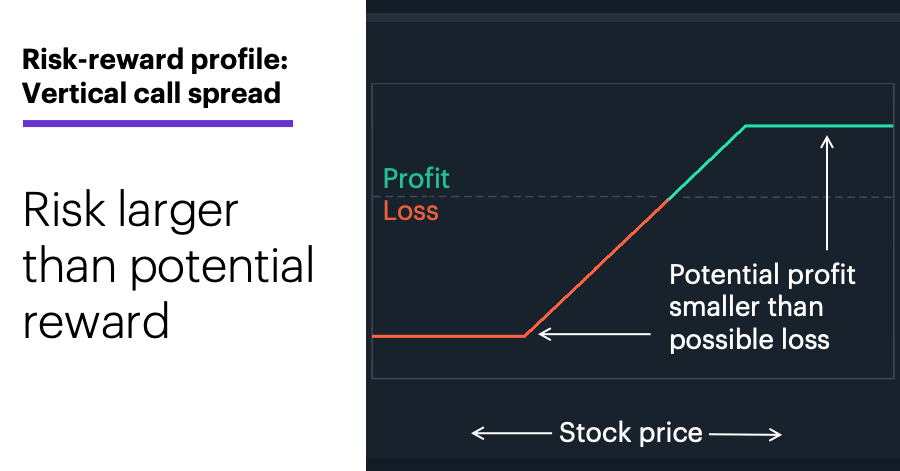Trade expectations
- Traders are often enticed by high winning percentages
- But high win rates are easily sabotaged by occasional large losers
- Simple formula can help estimate a trading approach’s potential
One of the greatest ironies of trading and investing is that human beings crave certainty—the one thing markets can’t provide.
Give a room full of traders the choice between an approach that’s correct 45% of the time and one that’s right 70% of the time, and watch the long line form at the “70%” booth.
Winning percentage is only one part of the potential profitability equation, though. What if the strategy that was right only right 45% of the time had an average winning trade of $500 and an average losing trade of $100, and the strategy with the 70% accuracy rate had an average losing trade (-$400) that was four times the size of the average winner ($100)?
Suddenly, winning percentage seems much less important, something that can be illustrated by a simple formula referred to as “mathematical expectancy,” which estimates a trading approach’s typical overall per-trade gain or loss:
Mathematical expectancy (ME) = (Average Profitable Trade * Win Frequency) – (Average Losing Trade * Loss Frequency)
So, if we compare our two trade setups, we get the following:
●45% winning trades: (500 * 0.45) – (100 * 0.55) = 170 (positive ME—overall average trade is positive)
●70% winning trades: (100 * 0.7) – (400 * 0.3) = -50 (negative ME—overall average trade is negative)
When the ME is positive, it suggests a trade approach may have the potential to be profitable over time. If the ME is negative, the opposite is true. What the formula shows is that potential profitability isn’t determined by a high percentage of winning trades, but by the interplay between winning percentage and how big the typical winning trade is relative to the typical losing trade. In other words, it may seem great to have an 80% win rate, but if the two losing trades out of every 10 are so big that they wipe out the profits from the eight winners, all a trader has is a high winning percentage and no money.
Of course, while past results never guarantee future results, this bit of math assumes a trader has enough evidence to have confidence in those numbers—how often a particular trade setup is profitable, and the size of the average winning and losing trades—and reason to believe they will continue to be reliable moving forward. Without that evidence, ME doesn’t amount to much (the old “garbage in, garbage out” syndrome).
With this in mind, take a look at the following risk-reward profile for a vertical (bull) call spread (a long call paired with a short, higher-strike call with the same expiration):

Source: Power E*TRADE. (For illustrative purposes. Not a recommendation.)
A vertical call spread always has limited risk and limited reward, but in this case the potential profit is less than half the size of the possible loss. That may, in certain circumstances, be a legitimate reason to take a pass on the trade. But what if a trader had historical performance results that indicated the odds of a rally in the underlying stock were much greater than the odds of a down move, and that the spread’s track record in similar conditions had a positive ME? In that case, a trader may decide the trade was worth the risk.
Market Mover Update: Last Friday, the CME Group’s FedWatch Tool was indicating a 93% probability that the Fed would raise rates by 0.75% later this month. After yesterday’s Consumer Price Index (CPI) release showed inflation had jumped 9.1% year over year, those odds dropped to 16%, while the odds of a 1% increase jumped to 84%.
Today’s numbers include (all times ET): Weekly Jobless Claims (8:30 a.m.), Producer Price Index, PPI (8:30 a.m.), EIA Natural Gas Report (10:30 a.m.).
Today’s earnings include: Taiwan Semiconductor (TSM), JPMorgan Chase (JPM), Conagra (CAG), Morgan Stanley (MS), Cintas (CTAS).
Click here to log on to your account or learn more about E*TRADE's trading platforms, or follow the Company on Twitter, @ETRADE, for useful trading and investing insights.